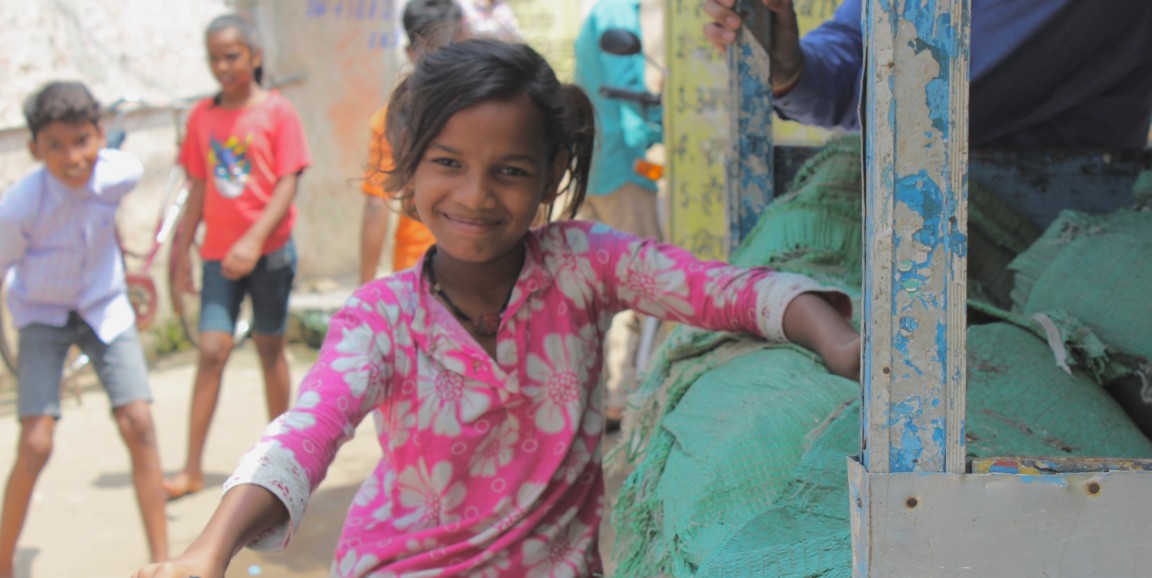A few years ago, we chronicled the experience of one Stanford-India Biodesign team, three innovators who had traveled to the Stanford Byers Center for Biodesign for six months to learn to identify and address health care needs.
After completing their training, biomedical engineer Shashi Ranjan, PhD, mechanical engineer Debayan Saha, and surgeon Harsh Sheth, MD returned to India to apply the process they'd learned. After extensive research, they decided to tackle rheumatic heart disease.
RHD is the leading cause of cardiovascular disease in children and young adults in India. It occurs when strep throat, a bacterial infection that’s common in children, isn’t treated with antibiotics, leading to recurring episodes of rheumatic fever and progressive heart valve damage. By young adulthood, it can result in disability and even death.
After months of research in resource-constrained settings in India, the team determined that the solution needed was very different from the medical technologies Biodesign fellows typically invent. What they needed was a way to increase awareness of RHD in children in order to improve early diagnosis and treatment.
“In developing countries, especially where living conditions are poor and health care resources are limited, there is little understanding of strep throat,” said Anurag Mairal, PhD, director of global outreach programs for Stanford Biodesign. “Parents treat their children with home remedies for sore throat rather than see a doctor, paving the way for RHD.”
With funding from Edwards Lifesciences, the SIB fellows developed a public service video titled “A Sore Throat Can Hurt Your Child’s Heart,” with Hindi subtitles. The culturally sensitive video depicts early symptoms of RHD and the serious consequences if medical treatment is not sought.
The next hurdle was distribution: bringing the video and its lifesaving message to the people who need it the most. Leveraging Biodesign’s 10 years of partnership with the Indian government and educational institutions to advance health care innovation in India, the fellows got permission to pilot the video in Chhattisgarh, an Indian state of 26 million with a large tribal population and a high incidence of RHD. After showing the video in four villages and an urban slum, they found that awareness of RHD in those populations increased 90 percent.
To continue to scale the effort across Chhattisgarh, the Biodesign fellows turned to mitanins, literally “female friends.” Mitanins are village-based community health workers who are trained and equipped by the government to provide basic health care, medications, and education.
The former fellows are working with mitanin trainers to teach them about RHD and how to show the video using smartphones. “The mitanins are trusted because they come from within the communities. Each trainer can teach a hundred or more mitanins, and each of them in turn can reach hundreds of people,” said Mairal.
Based on the early success of the program, Edwards has renewed its funding for the project, and Mairal and other Biodesign global faculty are working on other opportunities to scale the awareness effort in Chhattisgarh and other Indian states.
Photo by Brooke Barker




